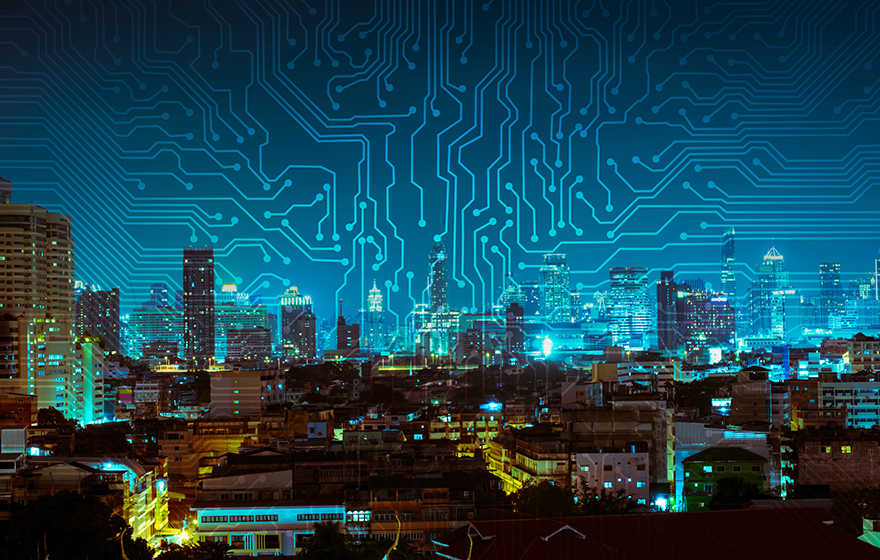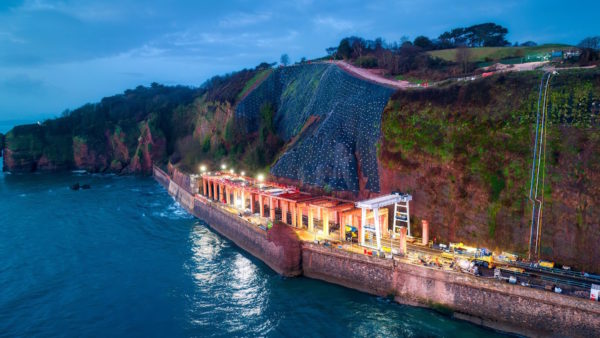
Researchers have modelled how intelligent technology could be more integrated in the design processes of future smart neighbourhoods.
The Shanghai Vanke Future City (NEXUS) project combines the use of intelligent technology in urban design, neighborhood renewal, and how a neighbourhood operates.
The future city has been conceived as a complex urban space for living, working, learning, recreation, and ecology. All these elements would be within a 10-minute walking radius.
Shanghai Vanke Future City is modelled in a core area of Jiading New Town and covers nearly 15 sq hectometres with a total building area of 578,000 sq m.
The project has explored concepts such as environmental governance, inclusivity and safety, convenience, and intelligent transport. It also combines smart technology with elements of futurology.
Under intelligent transport, for instance, it considers the development of smart pole devices that can detect the physical presence of pedestrians at road crossings and adjust the crossing time accordingly. Environmental governance considers the use of smart parasols and cloud forests.
Findings from the project were published in Landscape Architecture Frontiers. Authors Di Zheng and Jianxin Wang wrote: “Smart neighborhoods, as a highly complex integration of new resources, new scenarios, and new technologies, inherently face more complexities and challenges in operational management than the construction itself.
“Therefore, the project holds the demonstrative value for the whole industry.”
Don’t miss out on BIM and digital construction news: sign up to receive the BIMplus newsletter.












